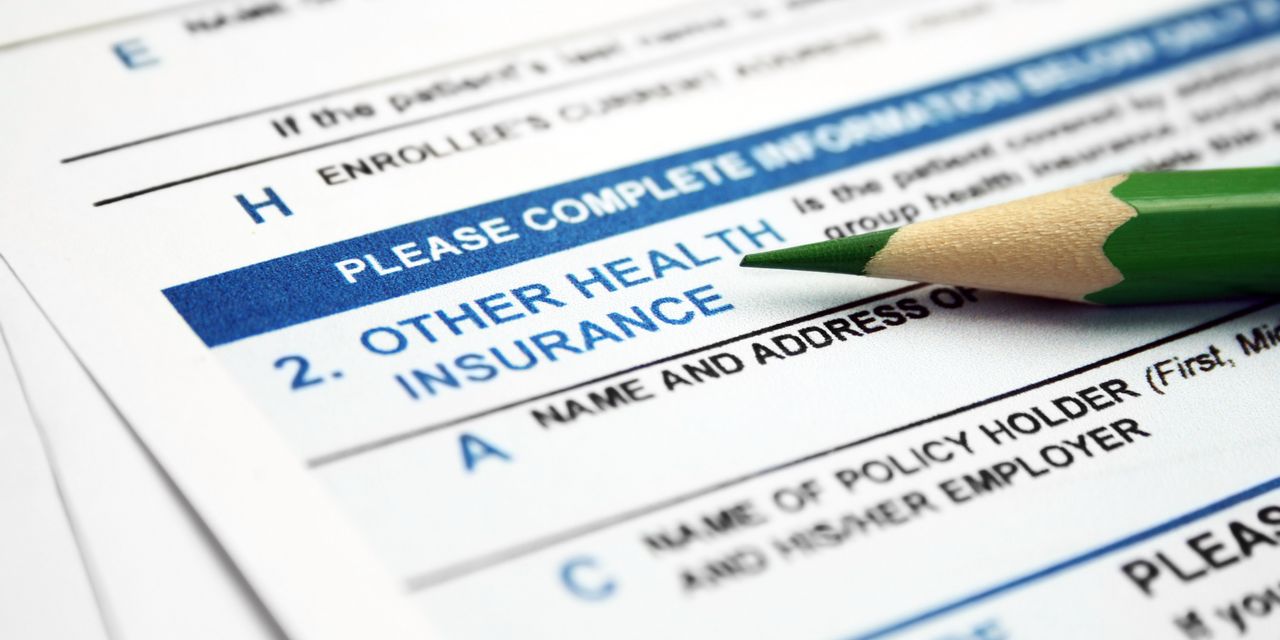The Biden administration on Tuesday announced a regulatory fix that will make health insurance more affordable for many people with high-cost job-based coverage.
The final rule issued by the Treasury Department addresses the “family glitch,” which for years has made Affordable Care Act marketplace financial assistance inaccessible to many people who need it because their employer-sponsored health coverage is unaffordable. Under the rule change, millions of people with pricey employer coverage will now have access to the marketplace subsidies.
The Treasury Department is finalizing the fix so that the Affordable Care Act “works the way Congress intended and the cost of coverage comes down for families all over the country,” President Joe Biden said in a statement Tuesday.
People signing up for 2023 marketplace coverage during the open enrollment period that starts Nov. 1 can take advantage of the fix.
The family glitch stems from the ACA approach to gauging health plan affordability. Under the law, people aren’t eligible for marketplace financial help if they have access to employer coverage that is deemed affordable. Until now, employer coverage has been considered affordable if coverage for the worker alone falls under a certain threshold–9.6% of family income for 2022–regardless of the cost of covering other family members under that plan. Under the rule change, affordability for family members is based on the cost of covering the worker and those family members–not the worker alone.
About 5.1 million people–most of them children–are affected by the family glitch, according to the Kaiser Family Foundation. But not all of them will benefit from the regulatory fix, said Cynthia Cox, vice president at KFF. If the worker-only coverage is under the affordability threshold but the cost of family coverage exceeds it, for example, the worker could remain on the employer plan while the spouse and children enroll in a marketplace plan–exposing the family to two sets of premiums and deductibles.
The federal government estimates that the rule change will help about 1 million people either gain coverage or get more affordable insurance.
Advocates have been pushing the federal government to address the family glitch for at least 10 years. President Biden announced the proposal to fix the glitch at an April White House event alongside former President Barack Obama. The Treasury Department received nearly 3,900 comments on the proposed rules, and many of those comments included personal stories of family members going uninsured when employer coverage is unaffordable and marketplace premium tax credits aren’t available, Treasury said in its final rule. One married couple, Treasury noted, testified to a state legislature that they got divorced so that the husband could remain eligible for marketplace subsidies when his wife’s new employer offered family coverage costing over half the husband’s annual earnings.
People with employer coverage from smaller firms may particularly benefit from the rule change. Nearly 30% of covered workers in firms with fewer than 200 employees faced a contribution of at least $10,000 for family coverage in 2021, according to the Kaiser Family Foundation, compared with 5% of covered workers in larger firms.
About 2.8 million people affected by the family glitch are children under age 18, according to KFF. These children do not qualify for the Children’s Health Insurance Program, the federal-state program that provides coverage for kids in many lower-income families. When children aren’t covered, they can miss out on annual well-child visits that monitor developmental milestones as well as vaccinations, mental-health services and other critical care, said Elaine Dalpiaz, vice president for health systems and strategic partnerships at First Focus on Children, a bipartisan child advocacy organization. The rule change, she said, “will give more children coverage, which is really important both with the challenges in the economy and COVID still being a factor.”
